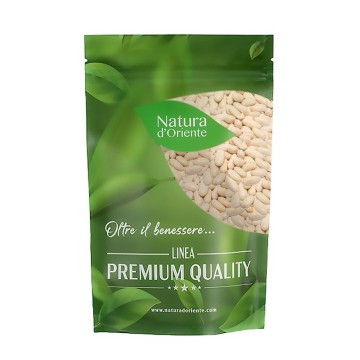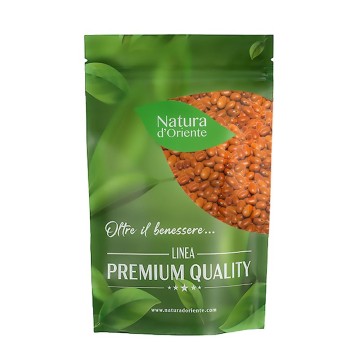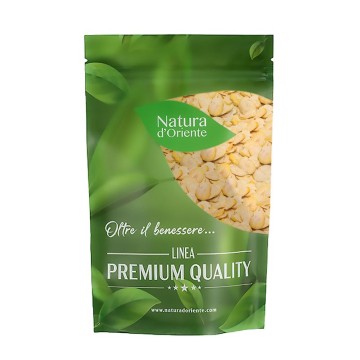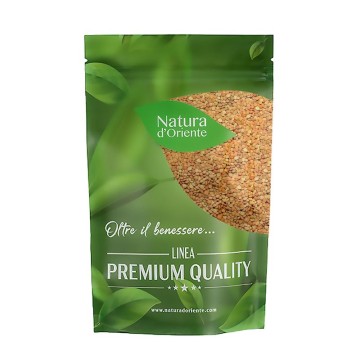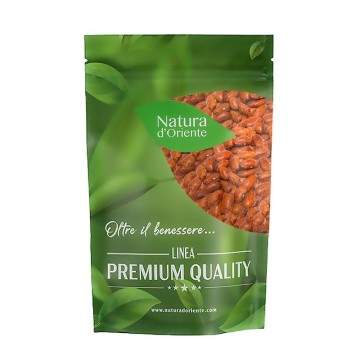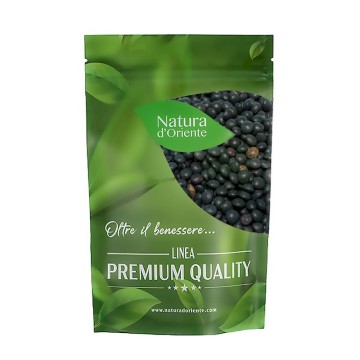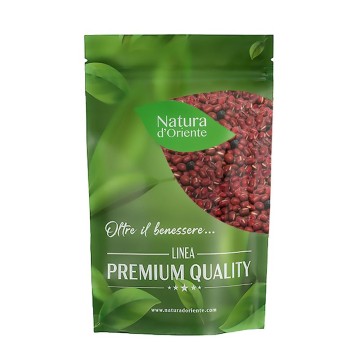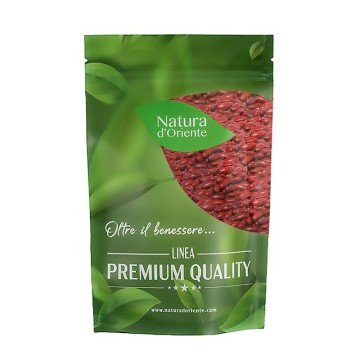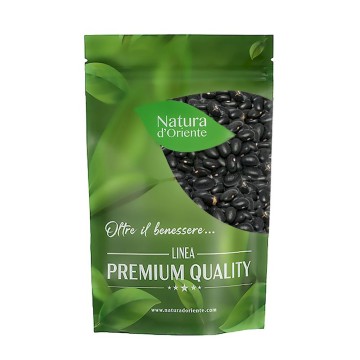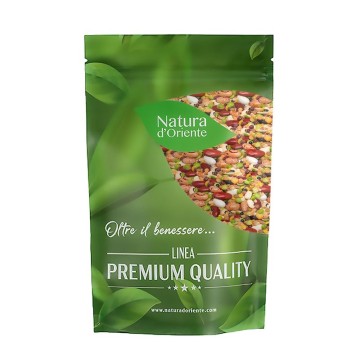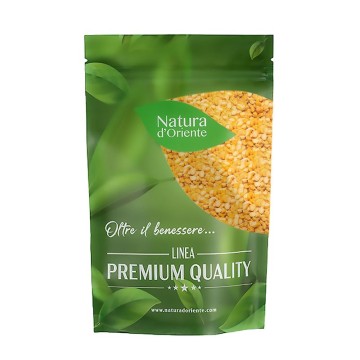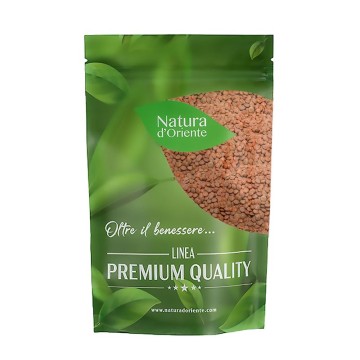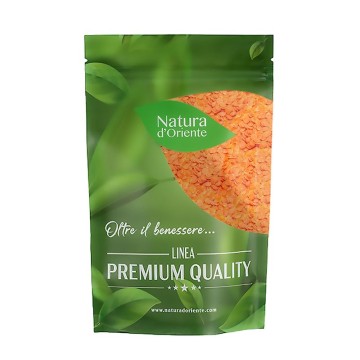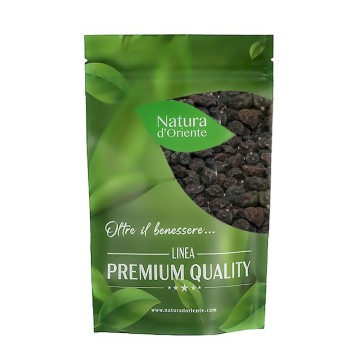These huge chickpeas grow where the climate is mild with warm winters, perfect for ripening in total tranquility. They come from Mexico and represent a particularly valuable variety, given that the microclimate is particularly favorable for this type of cultivation. Tradition has made these giant chickpeas popular, and they are now used in many recipes in many parts of the world.
They are very popular for their large size, thin skin and intense flavor .
Giant Chickpeas: properties and benefits
These legumes have various nutritional substances useful to our body, in particular at the protein level.
Chickpeas are a excellent alternative to animal proteins , especially when combined with cereals.
For those who need an effective protein intake, the daily protein requirement is covered by about 30% by these legumes. Above all, in the version of giant chickpeas, the supply of these nutrients is enhanced, thanks to their size.
On a dietary level, chickpeas are excellent in a vegetarian and vegan diet, in combination with whole grain or whole wheat proteins. The chickpeas will thus be able to donate significant quantities of vegetable proteins, comparable to those of meat and dairy products.
They are also a precious source of mineral salts and vitamins , with a low fat content.
Another highly appreciated feature of chickpeas is the high content of dietary fiber, which can lead to well-being in the digestive process and intestinal transit.
Chickpeas make available both soluble fiber and insoluble fiber, excellent for proper digestion.
Chickpeas are also beneficial for cholesterol. Not just because of their low fat intake. The soluble fiber contained in chickpeas facilitates the expulsion of bile in the digestive tract, triggering a mechanism that also helps the elimination of cholesterol from the body.
The body will react with chemical reactions that also reduce LDL (bad) cholesterol levels and total cholesterol triglycerides.
In addition, chickpeas are a source of alpha-linolenic acid (ALA), an Omega-3 fatty acid of plant origin that promotes the increase of HDL cholesterol levels, the so-called good cholesterol. A process that can help lower both triglycerides and blood pressure, making chickpeas a viable food in a heart-healthy diet.
The cardiovascular protection of chickpeas is also enhanced by a combination of antioxidants and phytonutrients that maintain the health of blood vessels - preventing oxidative stress of cells in the tissues. This variety of chickpeas has over 20 phenolic components, especially bioactive isoflavones that make them functional ingredients for their beneficial health effects.
To protect the arteries, giant chickpeas also contain significant amounts of folate (vitamin B9), while magnesium improves blood circulation.
The insoluble fiber, on the other hand, fills the stomach, giving a feeling of satiety, and at the same time prevents constipation. Thanks to the fullness of a dish with chickpeas, it will therefore be easier to avoid eating between meals and gaining weight.
For those who fear high blood sugar levels, chickpeas contain a low glycemic index: the carbohydrate in them is broken down and digested slowly by the body. It is always the soluble fiber of chickpeas, which regulates the absorption and release of sugar in the blood, in a useful way to avoid glycemic spikes.
Being a source of iron, chickpeas help fight anemia and increase our energy levels. Iron plays an essential role in the formation of hemoglobin, carrying oxygen from the lungs to all the cells of the body; acts in the systems for the production of energy and for the correct metabolism.
Chickpeas contain vitamins of group B, C, E, K , which are beneficial for metabolic activities. In addition to the presence of precious minerals such as calcium, potassium, phosphorus, magnesium, zinc, copper, manganese and selenium. These elements in chickpeas are excellent nutrients for the well-being of the skin and hair.
Originsand History of cultivation
The variety of giant chickpeas, grown in Mexico, always comes from the chickpea plant, Cicer arietinum. Small and resistant, it should be well looked after because it is not very resistant to diseases, compared to other legumes.
All varieties derive from the original Middle Eastern plants, which since then made chickpea one of the oldest and most durable crops for humanity, at different latitudes. Chickpeas are thought to have been present in the human diet for around 10,000 years.
The documented traces reach us at the Egyptian and Greek times, and ancient Rome. Chickpeas are mentioned in the work On the properties of food (180 AD) by the doctor Galen. They were also eaten fried, and very popular.
At the time of the American colonization, chickpea was exported to Central and South America, where it was mainly known as chicharo.
These giant Mexican chickpeas are a prized variety of a territory with a favorable microclimate, to make a large legume, with a thin skin and an intense flavor.
Today these varieties of large Mexican chickpeas are present in recipes all over the world
There is also a wild version of chickpeas (Cicer reticulatum), found only in parts of Turkey and Syria.
From studies it seems that the oldest variety of chickpeas is this Turkish variety, the “Desi”, born in the central part of the Fertile Crescent (Turkey, Syria and Iran).
There is also a variety with dark seeds, subsequently introduced in India - where the “Kabuli” variety developed - with the light colored and round shape, more common today. The cream-colored chickpeas we know are the ones we offer as giant chickpeas in the variety that arrived in the New World.
Of the cultivated chickpeas, however, you can find over 20 varieties with different colors and in various shapes.
Plant and Fruit
Cicer arietinum is an annual plant of legumes, which gives us the well-known chickpeas. It is part of the legume family, such as peas and beans, the Leguminosae / Fabaceae, and the Cicer arietinum is one of the 43 species of the genus Cicer.
The plants have a reduced height since they grow up to about 1 meter; they are found mainly in tropical, subtropical and warm temperate regions. This variety of giant chickpeas, in fact, comes from Mexico.
The stems can be simple or branched, while the root reaches 1 - 2 meters deep, with secondary roots spreading mostly in the upper soil layer.
Cicer arietinum is grown for its tasty and nutritious seeds, chickpeas, which are harvested when they are immature, and can be eaten raw, roasted or boiled. Otherwise, they can be harvested when ripe and made into chickpea flour.
The flowers are single, with white or lilac or purple petals, while the fruits are found in the small swollen and rounded pod, up to 3 cm long and 1.5 cm wide. Generally there are one or two seeds in each pod.
The seeds are more or less spherical, with smooth or rough surface, up to 14 mm in diameter. They vary in color, and are usually cream colored when dried.
Nutritional values of giant chickpeas
There are many beneficial nutrients that chickpeas can give. In 100 grams of giant chickpeas, we find a caloric intake of about 342 kcal, nutrients such as fats (6.4%), many proteins (about 19%), few carbohydrates and a fair amount of fiber (about 20%).
Among the mineral salts present in giant chickpeas, in 100 grams we find moderate levels of calcium (about 100 mg), iron (about 6 mg), potassium (about 800 mg) , phosphorus (about 350 mg) and magnesium (about 110 mg), as well as zinc, copper, selenium and manganese.
By consuming giant chickpeas you can assimilate: vitamin C (about 4 mg), Vitamin A (about 60 IU), good doses of folate - vitamin B9 (over 500 mcg), Vitamin K and Vitamin E, pantothenic acid, choline and thiamine.
How to consume giant chickpeas in the kitchen
They are tender, creamy, highly nutritious , and represent a very valuable variety of legumes. They possess a stronger flavor and a texture that creates a greater yield in the procooking process - they always remain crunchy.
They can become fragrant in the oven or served as a salad, with fish as a side dish, or even as a protein-rich snack.
Giant chickpeas are present in traditional Italian recipes such as chickpea soup with mushrooms or chickpea salad. In addition, those of Mexican origin have a tradition in other cuisines such as Argentina and South America. In North African cuisine, they are perfect for couscous.
You can use chickpeas for soups and stews. The large size and creaminess favor chickpea recipes for creams, savory or sweet, chickpea purée and hummus in particular.
Having a thinner skin makes the soaking of giant chickpeas faster. The times are reduced to 6-8 hours, and the preparation of each recipe is faster.
Remember that no salt or bicarbonate should be added to the soaking water, and it is a good idea to replace the water to prevent bacteria from forming.
The strong flavor often does not require many aromas, but for those who want to enhance the taste, it is possible to use spices such as bay leaf, rosemary, sage, small doses of cumin or paprika. These spices, during cooking, can also facilitate digestion and moderate intestinal fermentation.
Recipe with giant chickpeas: Roasted Mexican chickpeas
Ingredients: 500 g of already soaked giant chickpeas - 4 teaspoons of chilli powder - 3 tablespoons of olive oil -1 and ½ tablespoons fresh lime juice -1 teaspoon of salt - 2 tablespoons of cumin - ½ tablespoon of chopped coriander.
Preparation: Preheat the oven to 200 ° C. Line a baking sheet with parchment paper, and distribute the well-dried chickpeas in a single layer on the sheet.
Cook the chickpeas for about 40 minutes, stirring them about every 15 minutes.
While the chickpeas are roasting, prepare the spice mixture in a large bowl.
Towards the end of the roasting time, check for completeness by removing a couple and letting them cool for a minute. They are ready if they are crunchy all the way through. If they are still soft, they need a few more minutes.
When the chickpeas are ready, remove them from the oven and let them cool for a couple of minutes, before placing them in the bowl with the spice mixture. You can eat them right away, or let them cool completely and store this dish in an airtight container.
Chickpeas: side effects and contraindications
Like other legumes, chickpeas are not recommended for those suffering from certain intestinal diseases, since they can cause intestinal bloating, gas and flatulence, and digestive difficulties and are not used to eating legumes .

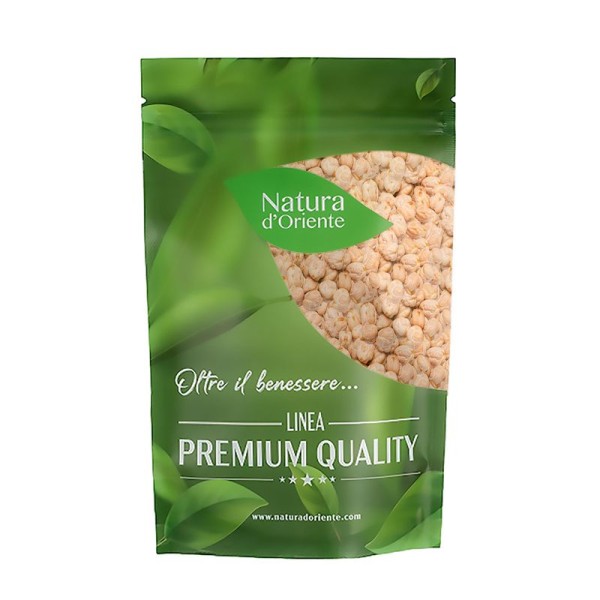







 No reward points for this product.
No reward points for this product.

